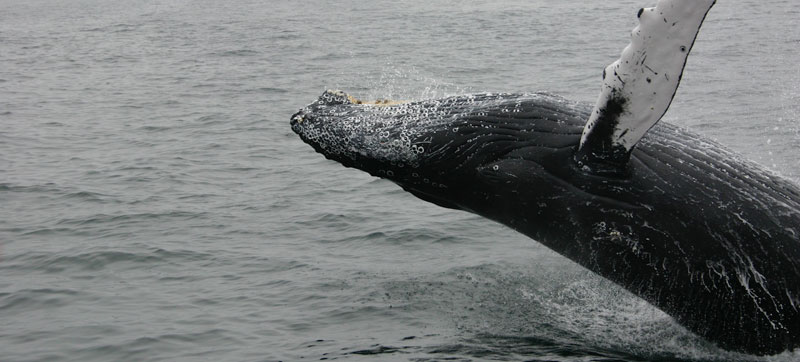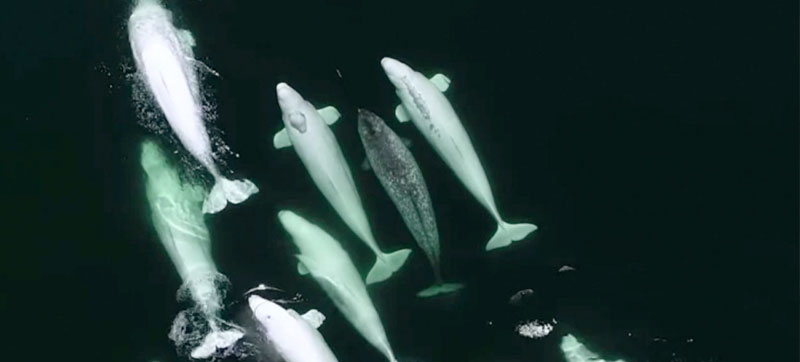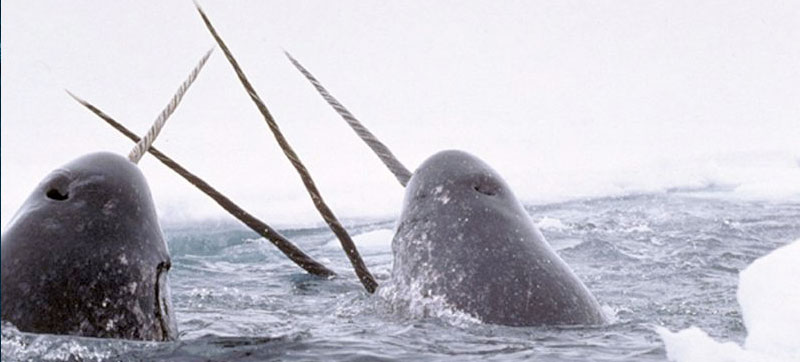A Cetacean Protection Challenge

Certain animals capture the public imagination like no others. Whales, porpoises, dolphins – cetaceans are the most evocative of ocean creatures by virtue of their scale, vitality, intelligence, and some innate expression of life to which humans respond with joy and identification expressed in art, myth, and spiritual identification. The great white whale dominates the literary history of America; Free Willy galvanizes political opposition to animals in captivity; the aquarium industry capitalizes on exhibitions and shows that turn these animals into entertainment.
This latter situation is immersed in paradox and controversy. Many of us have attended these shows and marveled at the agility and grace of whales and dolphins as they leap for fish through hoops, with twists and turns that delight. Some of us may have swum with dolphins, in simulated habitat, and found their touch and sight amazing as encounter with animals so close, so personal. Some of us may have had such experience in the wild.

Some of us may object, and there has been a movement to prohibit the commercial exploitation of such animals captive in a controlled environment, even as trade goods, grown for sale to a global industry. The animal rights community objects; indigenous people object; many other individuals object, or at least question the rightness of this all, especially when questioned by their children evermore aware of the issues raised.
In June 2019, the Canadian Parliament amended its Criminal Code, its Fisheries Act, and its Wild Animal and Plant Protection and Regulation of International and Interprovincial Trade Act. Bill S-203 creates offenses respecting any member of the cetacean order – whales, dolphins, and porpoises - in captivity, specifically identifying an offense for “every one who owns, has the custody or controls a cetacean that is kept in captivity, breeds or impregnates a cetacean, or possesses or seeks to obtain reproductive materials of cetaceans, including sperm or an embryo.” There are two categories of exception: first, for animals involved in licensed scientific research, in care or rehabilitation from and injury, or in the best interest of a specific animal’s welfare; and second, for certain operators to continue the otherwise prohibited programs, but only with a license given by the provincial government affirming the letter of the law. The fines for violation can be up to $200,000.

What is affected here are the aquarium programs, unless grandfathered or excepted, and the breeding programs, particularly for belugas, that exist to generate animals to be sold for exhibition purposes worldwide, thus accounting for the emphasis on genetic materials, tissue cultures, and the like. This market is indeed global, with the major other suppliers located in Russia where there are “beluga farms” to meet the demand, now eradicated in Canada.
There is a continuing action to be taken in the context of this legislative assertion. If Canada is truly interested in the protection and conservation of cetaceans, especially belugas, it has a powerful opportunity to take one more regenerative step beyond prohibition. In Hudson Bay, near Churchill, Manitoba, an estimated 60,000 beluga whales congregate in the summer, in the local estuaries and adjacent waters, to breed and nourish. I have seen this myself, and I don’t think I have ever seen such a profusion of a single animal species anywhere else in the world, a glorious reality and symbol of Nature’s fecundity, of wild animals in the wild. In my case, I joined the beluga brotherhood.
If Canada wants truly to protect these animals beyond corrective legislation, then a national, provincial, and indigenous declaration to establish a global reserve for cetaceans in that perfect place where they subsist now, not yet compromised or depleted by the forces that have destroyed such communities in such places before, would be step to take. And that is just what they did, when in August 2019, Canada’s Prime Minister Justin Trudeau announced a plan to create a massive marine protected area, the Nation’s largest, just northeast off Baffin Island, a combined area of some 470,000 square kilometers, for the protection of belugas, narwhals, walruses, seals, polar bears and thousands of other species that depend on year-round polar sea ice, a designation that serves the animals, the provincial communities, the local traditions, and Canada by taking conservation action of exemplary global significance. The Hudson Bay area was not included, but my beluga friends will get the message of protection just next door, and perhaps Trudeau will soon, with an inclusive stroke of the pen, add their area next.

PETER NEILL is founder and director of the World Ocean Observatory and is author of The Once and Future Ocean: Notes Toward a New Hydraulic Society. He is also the host of World Ocean Radio, a weekly podcast addressing ocean issues, upon which this blog is inspired.
- Login to post comments
-


